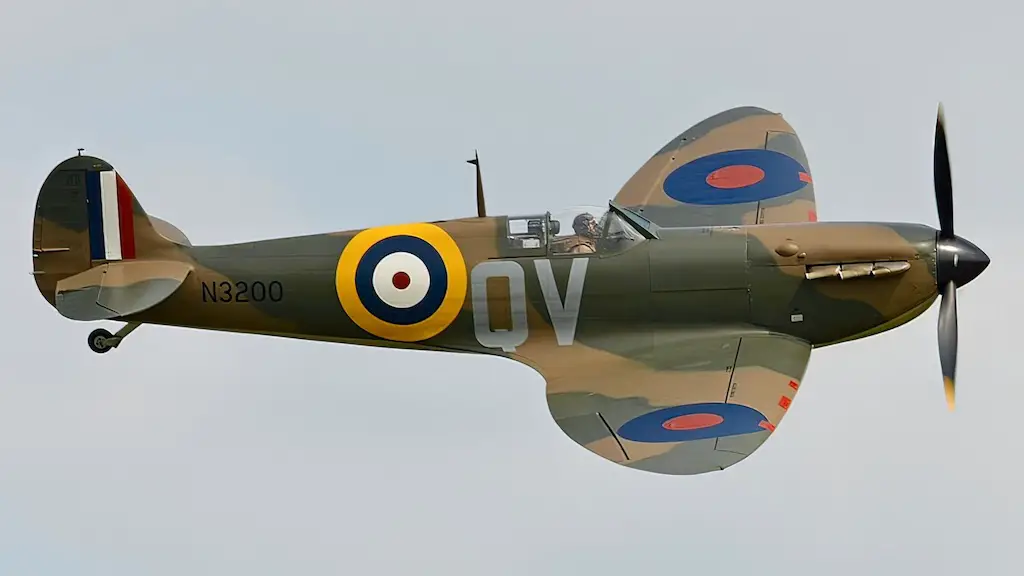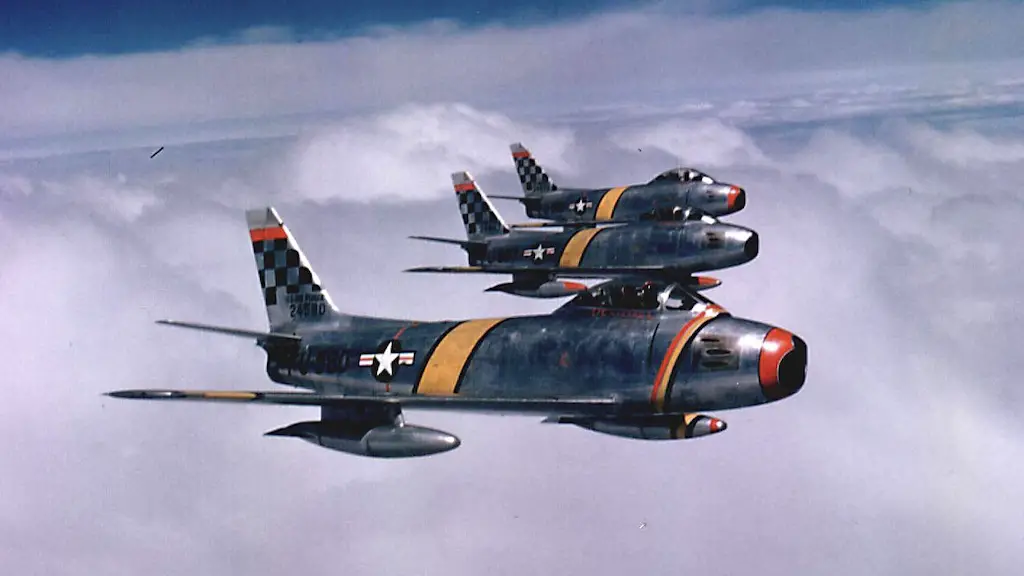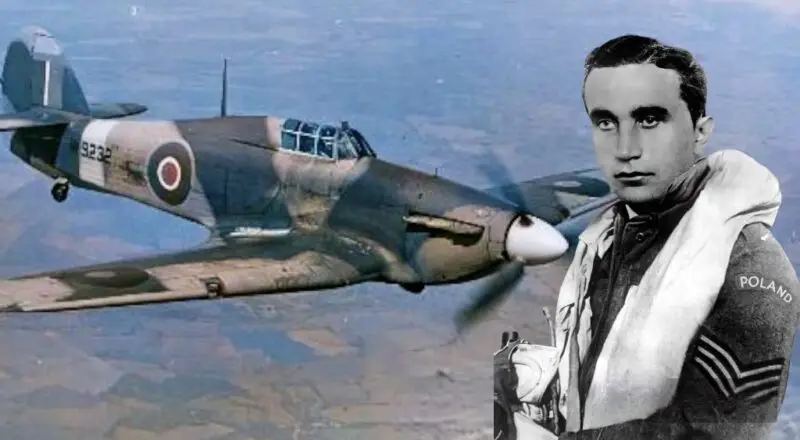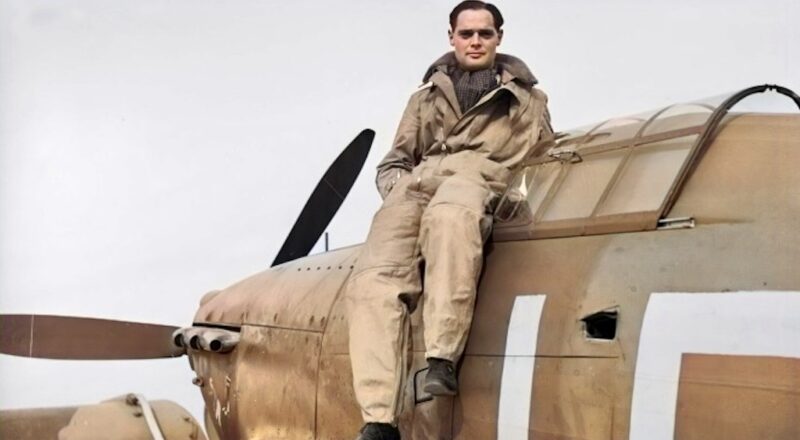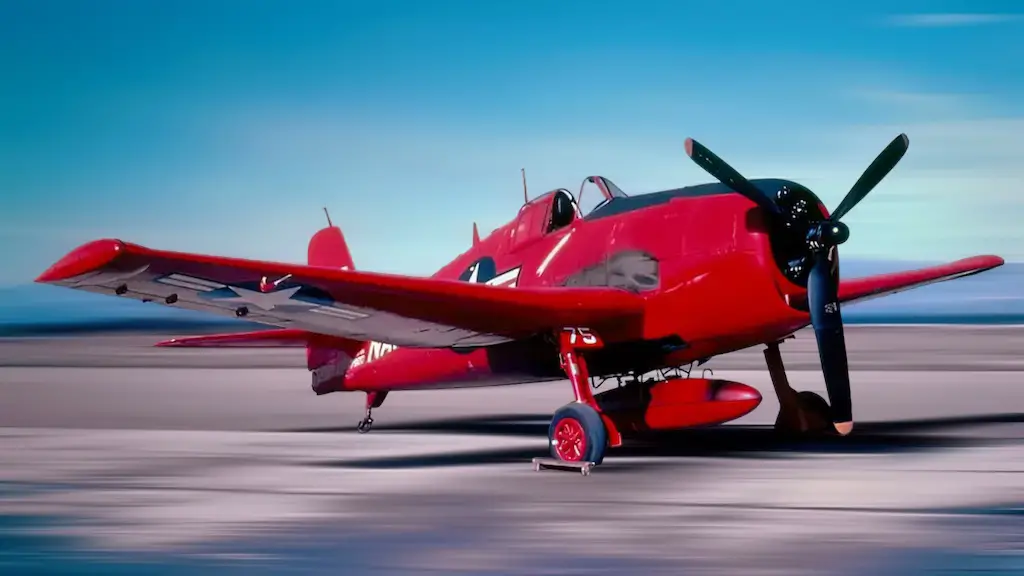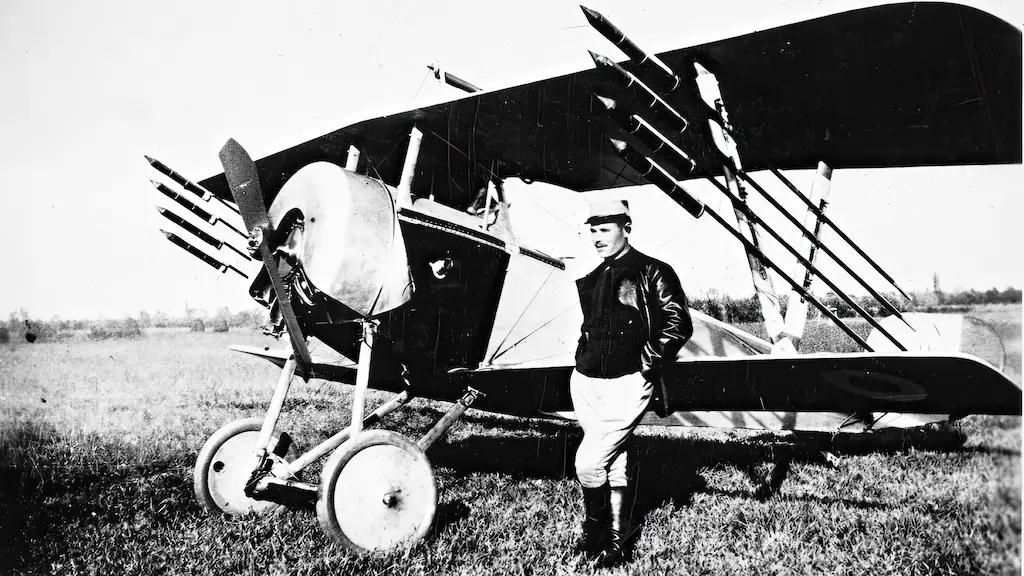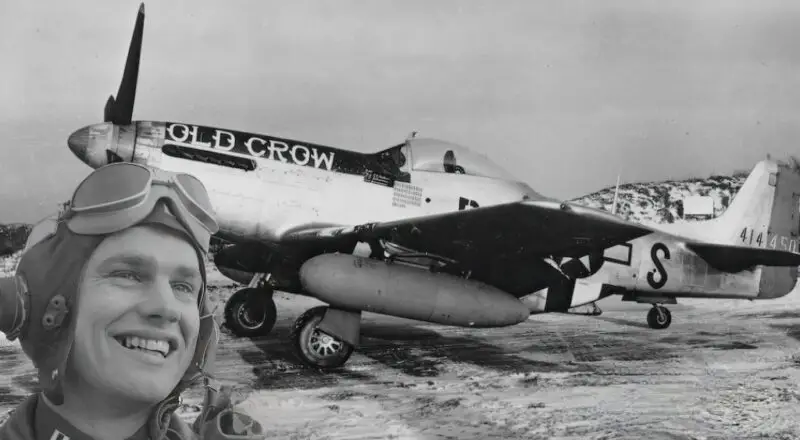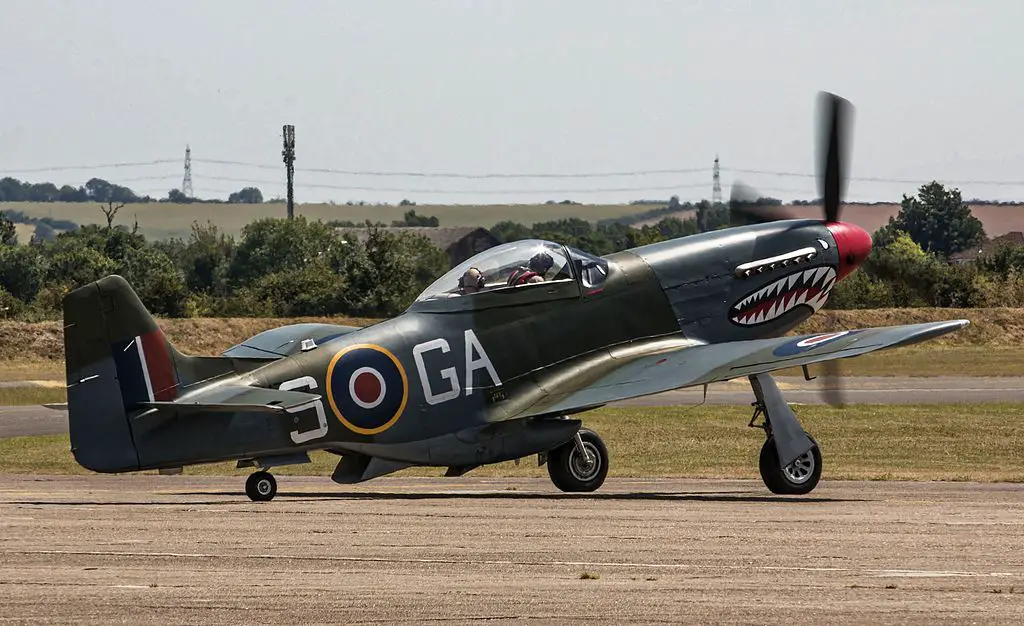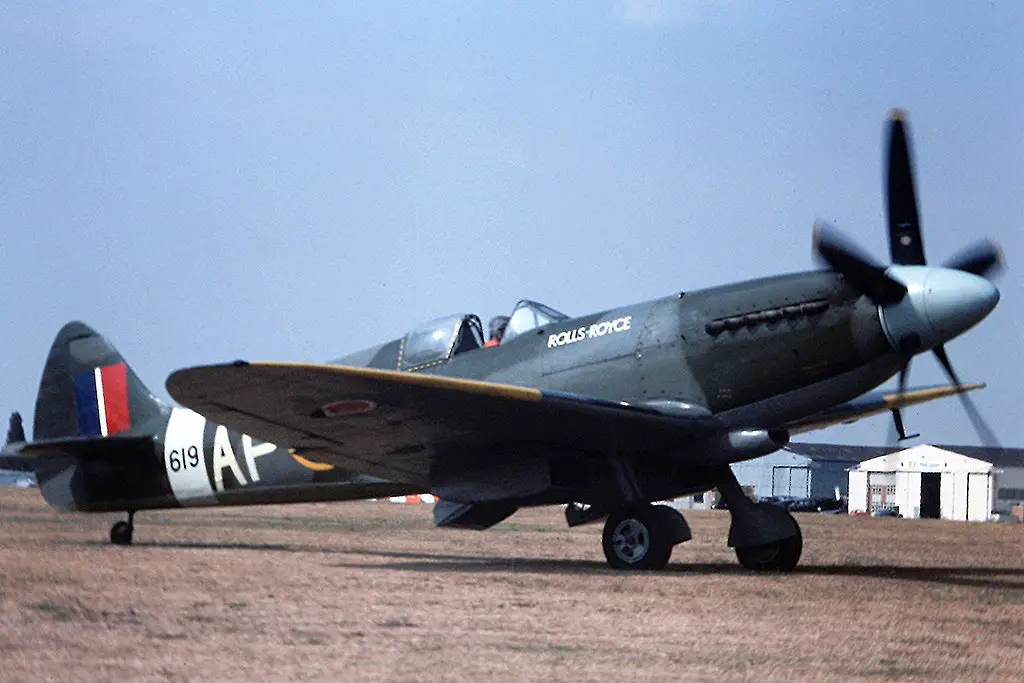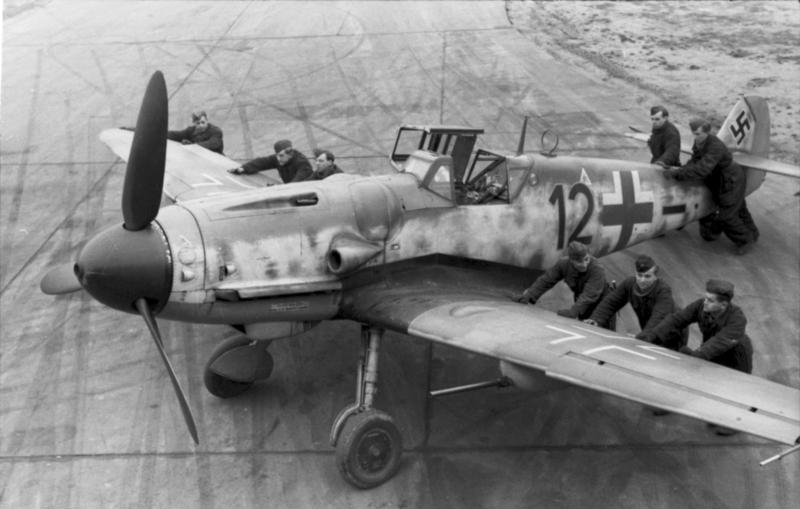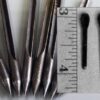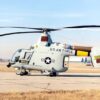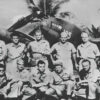The North American P-51 Mustang and the Supermarine Spitfire are the two most famed Allied fighters of the World War II. Many aviation enthusiasts have compared the two fighters, arguing between each other about which one is better and deserves the title of the best WWII fighter. However, it might make a little bit more sense to see how the two supplemented each other. But first, let’s take a brief look at the key differences between these two legendary airplanes.
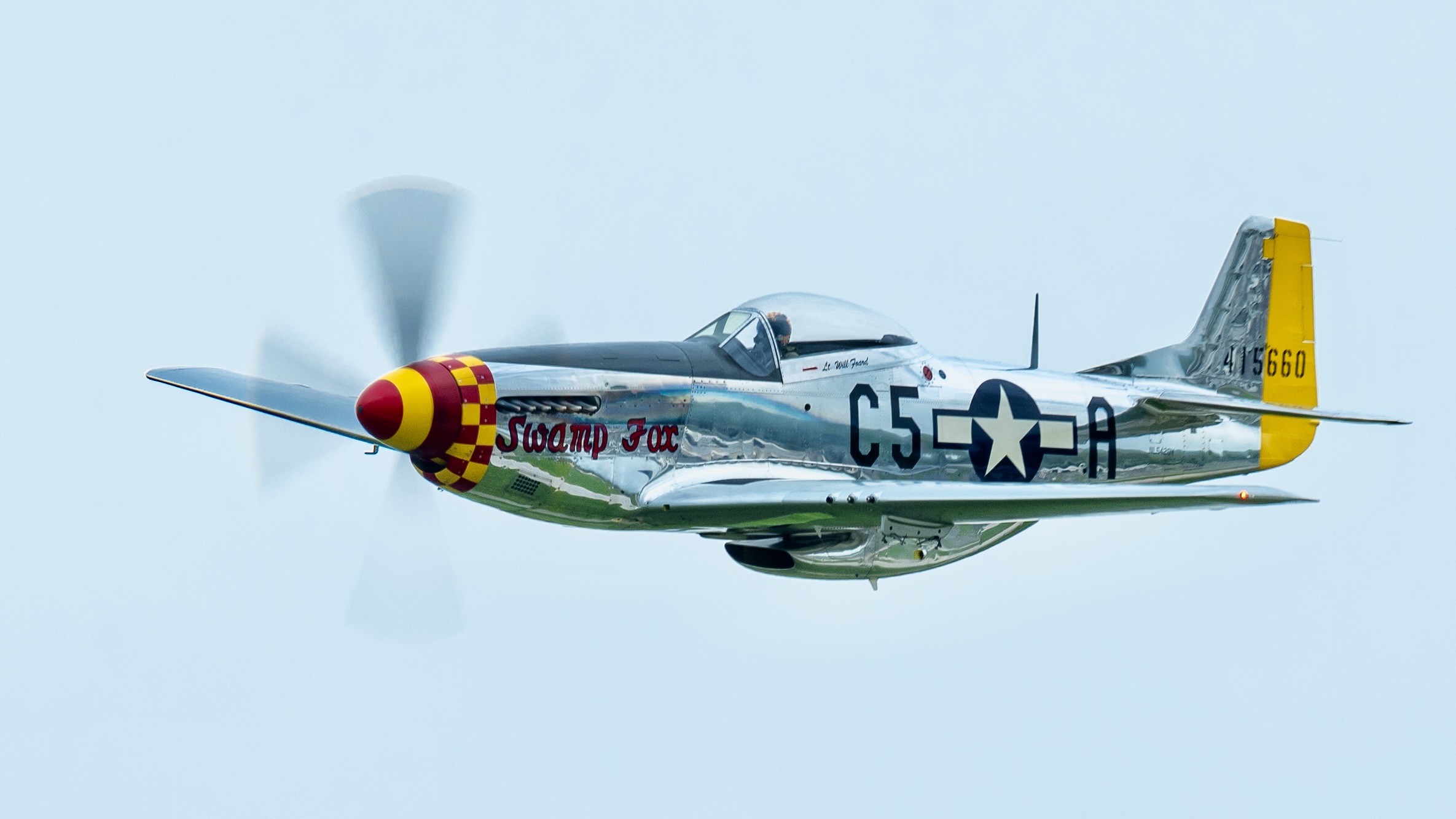
A difficult comparison to make
The Spitfire underwent a serious evolution between its first flight in 1936 and the war’s end. Likewise, Mustangs that challenged the best Luftwaffe aces in the skies of Europe in 1944, were a far cry from the humble first Mustang prototype of 1940. So, it makes sense to compare contemporary variants of the two fighters. Such as Spitfire Mk.XIV and Mustang P-51D.
Both the Spitfire Mk.XIV and the P-51D were powered by liquid-cooled piston engines of Rolls-Royce design. In the case of Spitfire it was a supercharged 2,050-hp Griffon 65, and in Mustang’s case a 1,720-hp Merlin. While both aircraft had a comparable top speed of around 440 mph, the Spitfire was a much quicker climber. It boasted a climb rate of 5,040 ft/min against Mustang’s mere 3,200 ft/min.
On the other hand, The Mustang was particularly known for its impressive flight range: 1,300 miles even without drop tanks, and over 2,000 miles with them. The Spitfire, in contrast, had a range of just about 460 miles.
Speaking of the two fighters’ armament, it strikes the eye that the P-51D didn’t have any cannons, only six machine guns. The Spitfire Mk.XIV, on the other hand, had a pair of 20 mm cannons in addition to four machine guns. However, as the following description of the two types’ use in WWII vividly shows, comparing the two based on their performance figures is somewhat akin to mixing apples and oranges.
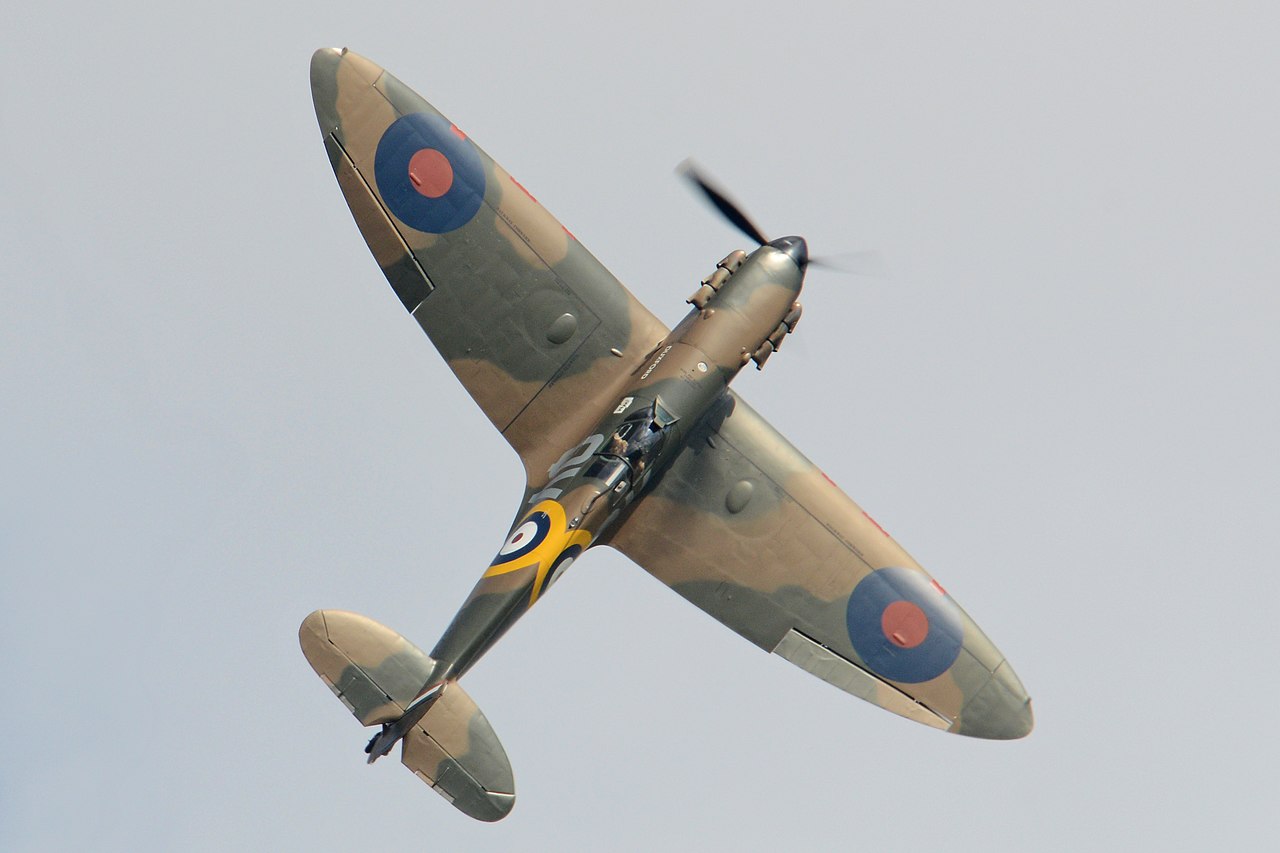
Spitfire saves Britain
Such performance characteristics made the Spitfire, even its earlier versions, an ideal interceptor. And that’s exactly the role that secured the type its place in history. Of course, the Battle of Britain wasn’t won by Spitfires alone, but its contribution was immense. Although not very numerous at first, the Spitfire was the best fighter the Royal Air Force had in its inventory in 1940. Light, fast, and maneuverable Spitfire was among the first truly worthy opponents of Luftwaffe’s Messerschmitt Bf 109, which had dominated the skies of Europe up until then.
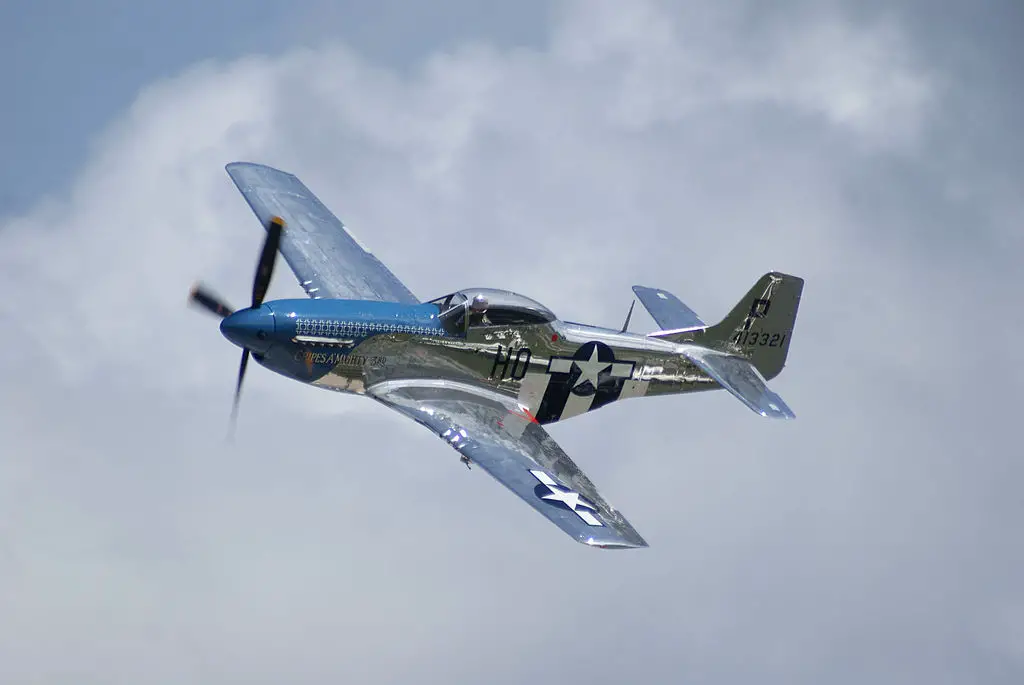
Mustang over the enemy’s lair
Although the P-51’s first combat deployment with the RAF came as early as the spring of 1942, Mustangs really kicked in later in the war, when the Allies realized they needed an escort fighter that could follow bomber formations deep into enemy territory. Given its superb range and altitude capabilities, the Mustang was an ideal candidate. The introduction of the P-51 into frontline service as a standard escort fighter significantly increased the Allied bombers’ survivability in daylight bombing raids over Germany. And its lack of heavier cannon armament wasn’t a big deal—after all, the Mustang’s main opponents were German fighters, not large, armored bombers or attack aircraft.
A shiny latecomer and its experienced comrade-in-arms
So, the Mustang really joined the Spitfire in the fight against the Luftwaffe about halfway through the war. But the American aviation industry was by then churning out new aircraft at a truly astonishing pace. As a result, total production numbers of the two fighters were not that different: 16,000 Mustangs and 20,300 Spitfires. Even though the Mustang’s production run ended in 1945, and Spitfires continued to be manufactured for several years after the war.

